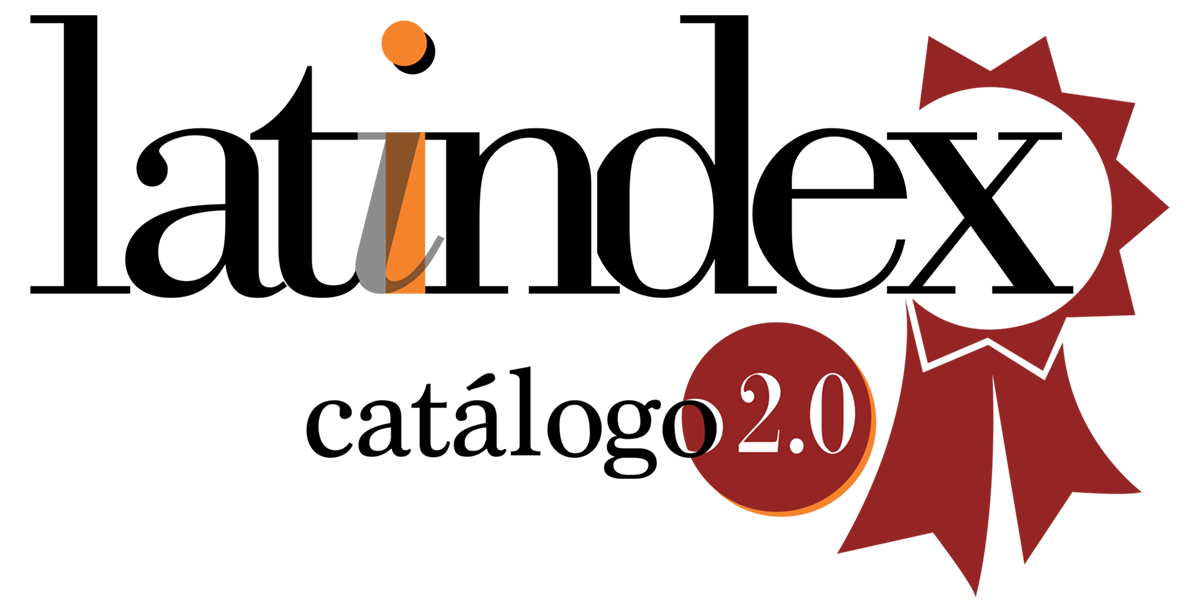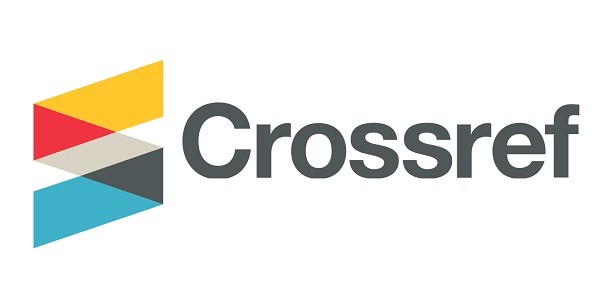Conservative treatment in anterior cruciate ligament rupture.
DOI:
https://doi.org/10.35954/SM2024.43.2.3.e401Keywords:
Anterior Cruciate Ligament Injuries, Plastic Surgery Procedures, Conservative Treatment, Exercise Therapy, Knee Injuries.Abstract
Introduction: Anterior cruciate ligament rupture is a prevalent injury, affecting mainly young and physically active individuals. This injury is characterized by knee joint instability, leading to a decline in physical activity and knee-related quality of life. Surgical reconstruction is commonly considered the treatment of choice, especially for those who wish to return to sport. However, there is a conservative approach through different rehabilitation protocols.
Objective: To assess the available scientific evidence on conservative treatment protocols for anterior cruciate ligament rupture in the adult population and their efficacy in the return to physical activity, improvement in quality of life and discouragement of surgical intervention.
Materials and methods: A systematized bibliographic search was performed in the following databases: MEDLINE/PubMed, LILACS, Scielo, ResearchGate and Google Scholar. The time interval considered was from 2010 to date. 177 results were obtained from the search; using 28 for this article, and according to the inclusion and exclusion criteria, 9 articles were selected for analysis.
Results: The variability in the level of evidence of the articles analyzed stands out, 3 of level I, 2 of level II, 3 of level III and 1 of level IV. The efficacy in the return to physical activity was greater than 70% (differing the level of physical activity at return according to the study) compared to the pre-injury level. Different scales of functionality and quality of life related to the knee were used by the authors, showing improvements in the scores at the end of the treatment. The need for surgical intervention in those who implemented only conservative treatment was 13.76% of the total, while in those who by protocol could opt for surgical intervention was 36.68% of the total.
Conclusion: Conservative treatment protocols based on neuromuscular training and guided lower limb strengthening represent a good therapeutic option for improving quality of life, return to physical activity and discouraging surgical intervention in adult populations. Conservative management of anterior cruciate ligament rupture means lower effective health care costs.
This article was approved by the Editorial Committee.
Received for review: March 2024.
Accepted for publication: June 2024.
Correspondence: Enrique Muñoz 870, Ap. 401. CP 11300. Montevideo, Uruguay. Tel: +598 099040085.
Contact e-mail: diegoaiscar@gmail.com
Downloads
Metrics
References
(1) Micheo W, Hernández L, Seda C. Evaluation, management, rehabilitation, and prevention of anterior cruciate ligament injury: current concepts. PM R 2010 Oct; 2(10):935-44. DOI: 10.1016/j.pmrj.2010.06.014.
(2) Valderrama-Treviño AI, Granados-Romero JJ, Alvarado Rodríguez C, Barrera-Mera B, Contreras-Flores EH, Uriarte-Ruíz K, et al. Lesión del ligamento cruzado anterior. Ortho-tips 2017; 13(4):160-168.
(3) Forriol F. El Ligamento cruzado anterior: morfología y función [Internet]. Trauma: (fusión de la revista MAPFRE Medicina y la revista Patología del Aparato Locomotor) 2008; 19 (Supl. 1):7-18.
(4) Viñao Auré A. Factores de riesgo y prevención de la rotura del ligamento cruzado anterior en deportistas. [tesis en línea]. Universidad de Valladolid, Facultad de Fisioterapia de Soria, 2016. 57 p. Disponible en: https://uvadoc.uva.es/bitstream/handle/10324/20765/TFGO%20904.pdf?sequence=1&isAllowed=y [Consulta 10/02/2024].
(5) Grindem H, Wellsandt E, Failla M, Snyder-Mackler L, Risberg MA. Anterior Cruciate Ligament Injury-Who Succeeds Without Reconstructive Surgery? The Delaware- Oslo ACL Cohort Study. Orthop J Sports Med 2018 May 23; 6(5):2325967118774255. DOI: 10.1177/2325967118774255.
(6) Frobell RB, Roos EM, Roos HP, Ranstam J, Lohmander LS. A randomized trial of treatment for acute anterior cruciate ligament tears. N Engl J Med 2010 Jul 22; 363(4):331-42. DOI: 10.1056/NEJMoa0907797. Erratum in: N Engl J Med 2010 Aug 26; 363(9):893.
(7) Griffin LY, Albohm MJ, Arendt EA, Bahr R, Beynnon BD, Demaio M, et al. Understanding and preventing noncontact anterior cruciate ligament injuries: a review of the Hunt Valley II meeting, January 2005. Am J Sports Med 2006 Sep; 34(9):1512-32. DOI: 10.1177/0363546506286866.
(8) Taylor JB, Waxman JP, Richter SJ, Shultz SJ. Evaluation of the effectiveness of anterior cruciate ligament injury prevention programme training components: a systematic review and meta- analysis. Br J Sports Med 2015 Jan; 49(2):79-87. DOI: 10.1136/bjsports-2013-092358.
(9) Guerrero Molina JA, Espregueira Mendes J. Retorno al deporte tras la reconstrucción del liga- mento cruzado anterior. Rev Esp Artrosc Cir Articul 2020; 27(3):251-9. DOI: 10.24129/j.reaca.27369.fs1906029.
(10) Gianotti SM, Marshall SW, Hume PA, Bunt L. Incidence of anterior cruciate ligament injury and other knee ligament injuries: a national population- based study. J Sci Med Sport 2009 Nov; 12(6):622-7. DOI: 10.1016/j.jsams.2008.07.005.
(11) Álvarez R, Gómez G, Pachano Pastrana A. Actualización bibliográfica del mecanismo de lesión sin contacto del ligamento cruzado anterior. Rev Asoc Argent Traumatol Deporte 2018; 25(1):50-58.
(12) Nicolini AP, de Carvalho RT, Matsuda MM, Sayum JF, Cohen M. Common injuries in athletes' knee: experience of a specialized center. Acta Ortop Bras 2014; 22(3):127-31. DOI: 10.1590/1413-78522014220300475.
(13) Keays SL, Newcombe P, Keays AC. Nearly 90% participation in sports activity 12 years after non-surgical management for anterior cruciate ligament injury relates to physical outcome measures. Knee Surg Sports Traumatol Arthrosc 2019 Aug; 27(8):2511-2519. DOI: 10.1007/s00167-018-5258-y.
(14) Beard DJ, Davies L, Cook JA, Stokes J, Leal J, Fletcher H, et al. Rehabilitation versus surgical reconstruction for non-acute anterior cruciate ligament injury (ACL SNNAP): a pragmatic randomised controlled trial. Lancet 2022 Aug 20; 400(10352):605-615. DOI: 10.1016/S0140-6736(22)01424-6.
(15) Reijman M, Eggerding V, van Es E, van Arkel E, van den Brand I, van Linge J, et al. Early surgical reconstruction versus rehabilitation with elective delayed reconstruction for patients with anterior cruciate ligament rupture: COMPARE randomised controlled trial. BMJ 2021 Mar 9; 372(375):n375. DOI: 10.1136/bmj.n375.
(16) Pedersen JR, Hansen SH, Grindem H, Jepsen AP, Thorlund JB. Readiness for return to sport in non-surgically treated patients with anterior cruciate ligament injury following a public municipal rehabilitation program. Phys Ther Sport 2022 Jan; 53:7-13. DOI: 10.1016/j.ptsp.2021.10.016.
(17) Park YG, Ha CW, Park YB, Na SE, Kim M, Kim TS, et al. Is it worth to perform initial non- operative treatment for patients with acute ACL injury?: a prospective cohort prognostic study. Knee Surg Relat Res 2021 Apr 6; 33(1):11. DOI: 10.1186/s43019-021-00094-3.
(18) Filbay SR, Dowsett M, Chaker Jomaa M, Rooney J, Sabharwal R, Lucas P, et al. Healing of acute anterior cruciate ligament rupture on MRI and outcomes following non-surgical management with the Cross Bracing Protocol. Br J Sports Med 2023 Dec; 57(23):1490-1497. DOI: 10.1136/bjsports-2023-106931.
(19) Kovalak E, Atay T, Çetin C, Atay IM, Serbest MO. Is ACL reconstruction a prerequisite for the patients having recreational sporting activities? Acta Orthop Traumatol Turc 2018 Jan; 52(1):37-43. DOI: 10.1016/j.aott.2017.11.010.
(20) Roos EM, Roos HP, Lohmander LS, Ekdahl C, Beynnon BD. Knee Injury and Osteoarthritis Outcome Score (KOOS)--development of a self- administered outcome measure. J Orthop Sports Phys Ther 1998 Aug; 28(2):88-96. DOI: 10.2519/jospt.1998.28.2.88.
(21) Tegner Y, Lysholm J. Rating systems in the evaluation of knee ligament injuries. Clin Orthop Relat Res 1985 Sep; (198):43-9. PMID: 4028566.
(22) Hefti F, Müller W, Jakob RP, Stäubli HU. Evaluation of knee ligament injuries with the IKDC form. Knee Surg Sports Traumatol Arthrosc 1993; 1(3-4):226-34. DOI: 10.1007/BF01560215.
(23) Lysholm J, Gillquist J. Evaluation of knee ligament surgery results with special emphasis on use of a scoring scale. Am J Sports Med 1982 May-Jun; 10(3):150-4. DOI: 10.1177/036354658201000306.
(24) Mohtadi N. Development and validation of the quality of life outcome measure (questionnaire) for chronic anterior cruciate ligament deficiency. Am J Sports Med 1998 May-Jun; 26(3):350-9. DOI: 10.1177/03635465980260030201.
(25) Irrgang JJ, Snyder-Mackler L, Wainner RS, Fu FH, Harner CD. Development of a patient- reported measure of function of the knee. J Bone Joint Surg Am 1998 Aug; 80(8):1132-45. DOI: 10.2106/00004623-199808000-00006.
(26) Keays SL, Bullock-Saxton JE, Newcombe P, Bullock MI. The effectiveness of a pre-operative home-based physiotherapy programme for chronic anterior cruciate ligament deficiency. Physiother Res Int 2006 Dec; 11(4):204-18. DOI: 10.1002/pri.341. Erratum in: Physiother Res Int 2007 Sep; 12(3):195.
(27) Irrgang JJ, Anderson AF, Boland AL, Harner CD, Kurosaka M, Neyret P, et al. Development and validation of the international knee documentation committee subjective knee form.Am J Sports Med 2001 Sep-Oct; 29(5):600-13. DOI: 10.1177/03635465010290051301.
(28) Grindem H, Logerstedt D, Eitzen I, Moksnes H, Axe MJ, Snyder-Mackler L, et al. Single-legged hop tests as predictors of self- reported knee function in nonoperatively treated individuals with anterior cruciate ligament injury. Am J Sports Med 2011 Nov; 39(11):2347-54. DOI: 10.1177/0363546511417085.

Downloads
Published
How to Cite
Issue
Section
License
Copyright (c) 2024 : Diego Aiscar Fernández y Gerardo Amilivia. The author retains his copyright and assigns to the journal the right of first publication of his work, which will be simultaneously subject to the Creative Commons Attribution 4.0 International License that allows sharing the work as long as the initial publication in this journal is indicated.

This work is licensed under a Creative Commons Attribution-NonCommercial 4.0 International License.
Until 2024 we use the Creative Commons Attribution/NonCommercial Attribution 4.0 International License https://creativecommons.org/licenses/by-nc/4.0/deed.es. Which states that: you are free to share, copy and redistribute the material in any medium or format, as well as to adapt, remix, transform and build upon the material. Under the following terms:
Attribution: you must give proper credit , provide a link to the license, and indicate if changes have been made . You may do so in any reasonable manner, but not in such a way as to suggest that you or your use is endorsed by the licensor.
NonCommercial: you may not use the material for commercial purposes.
As of 2025 authors retain their copyright and assign to the journal the right of first publication of their work, which shall simultaneously be subject to the license https://creativecommons.org/licenses/by-nc-sa/4.0/deed.es that permits sharing, copying and redistribution of the material in any medium or format provided that initial publication in this journal is indicated. Adapt, remix, transform and build upon the material. If you remix, transform, or build from the material, you must distribute your contribution under the same license as the original and may not make use of the material for commercial purposes.
Under the following terms:
1. Attribution: you must give proper credit, provide a link to the license, and indicate whether changes have been made. You may do so in any reasonable manner, but not in such a way as to suggest that you or your use is endorsed by the licensor.
2. NonCommercial: you may not use the material for commercial purposes.
3. ShareAlike: if you remix, transform or build upon the material, you must distribute your contribution under the same license as the original.
PlumX Metrics






























